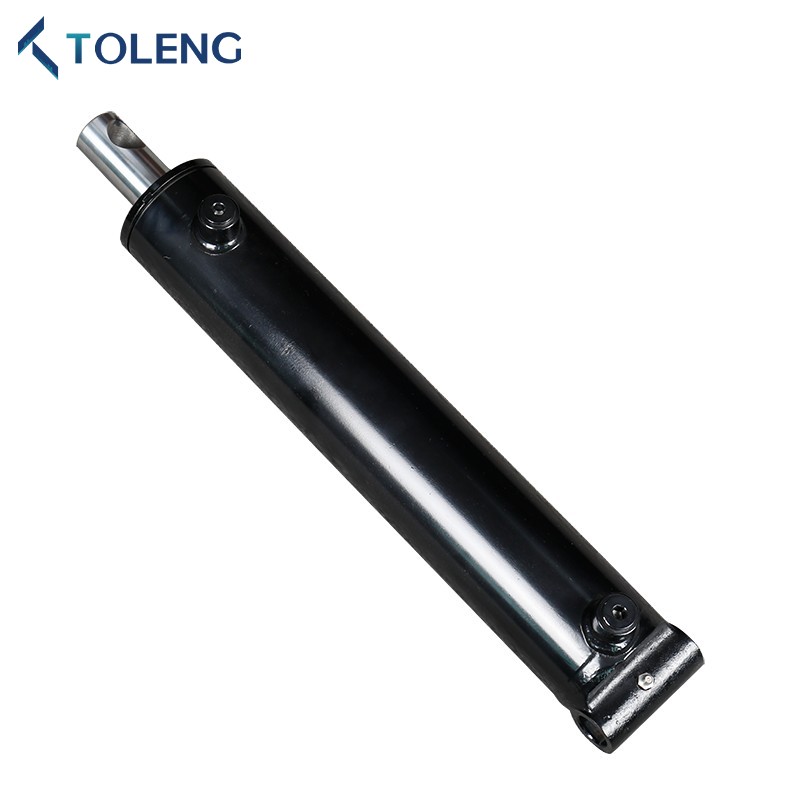Is standard for hydraulic cylinders?
2024-12-24
The standard of hydraulic cylinders are crucial in hydraulic systems, which ensures the consistency and reliability of the design, manufacture, testing and use of hydraulic cylinders.
1. International standards
The International Organization for Standardization (ISO) plays a key role in the standardization of hydraulic cylinders. ISO has established a technical committee for hydraulic and pneumatic systems and components to formulate and review standards for various hydraulic and pneumatic components and systems, including hydraulic cylinders. These standards cover the basic standards of hydraulic cylinders, the standards of the components themselves, the standards of oil and contamination control, and the test standards of components. The wide application of ISO standards has promoted the exchange and progress of global hydraulic cylinder technology.
2. National standards
Countries have also formulated corresponding national standards to regulate the production and use of hydraulic cylinders. For example, China's national standard (GB) stipulates the nominal pressure series, piston stroke series, cylinder bore and outer diameter series, piston rod thread form and size series, and test methods of hydraulic cylinders. These standards ensure the standardization and standardization of hydraulic cylinders in the Chinese market.
3. Industry standards
In addition to international and national standards, some industry associations and institutions have also formulated industry standards for hydraulic cylinders. These standards usually provide more detailed and specific technical requirements and specifications for specific fields or specific types of hydraulic cylinders.
4. Main contents of the standards
Hydraulic cylinder standards usually include the following aspects:
Dimensions and tolerances: The dimensions and tolerances of the cylinder barrel inner diameter, outer diameter, piston rod diameter, stroke, etc. of the hydraulic cylinder are specified to ensure the interchangeability and precision of the hydraulic cylinder.
Materials and manufacturing: The material selection, manufacturing process and quality control requirements of the cylinder barrel, piston rod, seal and other components of the hydraulic cylinder are specified to ensure the strength and durability of the hydraulic cylinder.
Performance testing: The test methods, test conditions and test items of the hydraulic cylinder are specified, including pressure testing, leakage testing, durability testing, etc., to verify whether the performance of the hydraulic cylinder meets the requirements.
Installation and use: The installation guide, usage precautions and maintenance recommendations of the hydraulic cylinder are provided to ensure the correct installation and reliable operation of the hydraulic cylinder.
5. Significance of standardization
The standardization of hydraulic cylinders have the following important significance:
Improve product quality: By formulating and implementing unified standards, the consistency and reliability of the design, manufacturing and testing processes of hydraulic cylinders can be ensured, thereby improving product quality.
Promote technological progress: Standardization promotes the exchange and cooperation of hydraulic cylinder technology, promotes the research and development and application of new technologies, and accelerates the progress of hydraulic cylinder technology.
Reduce production costs: Standardization makes the production process of hydraulic cylinders more standardized and automated, reducing production costs and manufacturing costs.
Convenient maintenance and replacement: Standardization makes the maintenance and replacement of hydraulic cylinders more convenient and quick, reducing maintenance costs and downtime.


























